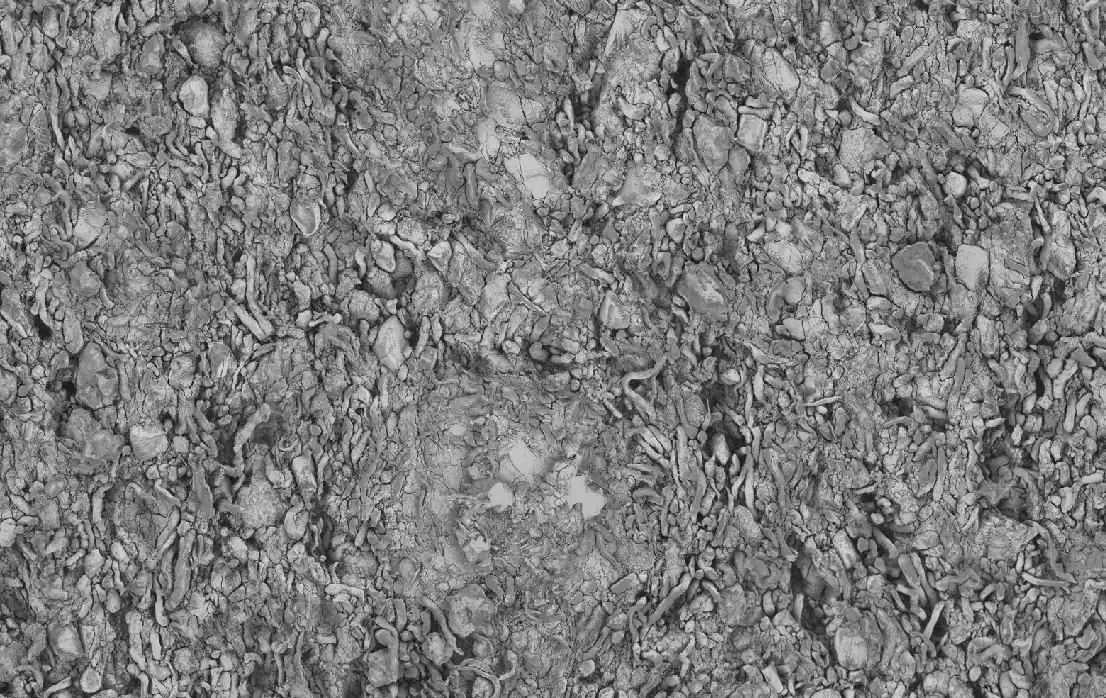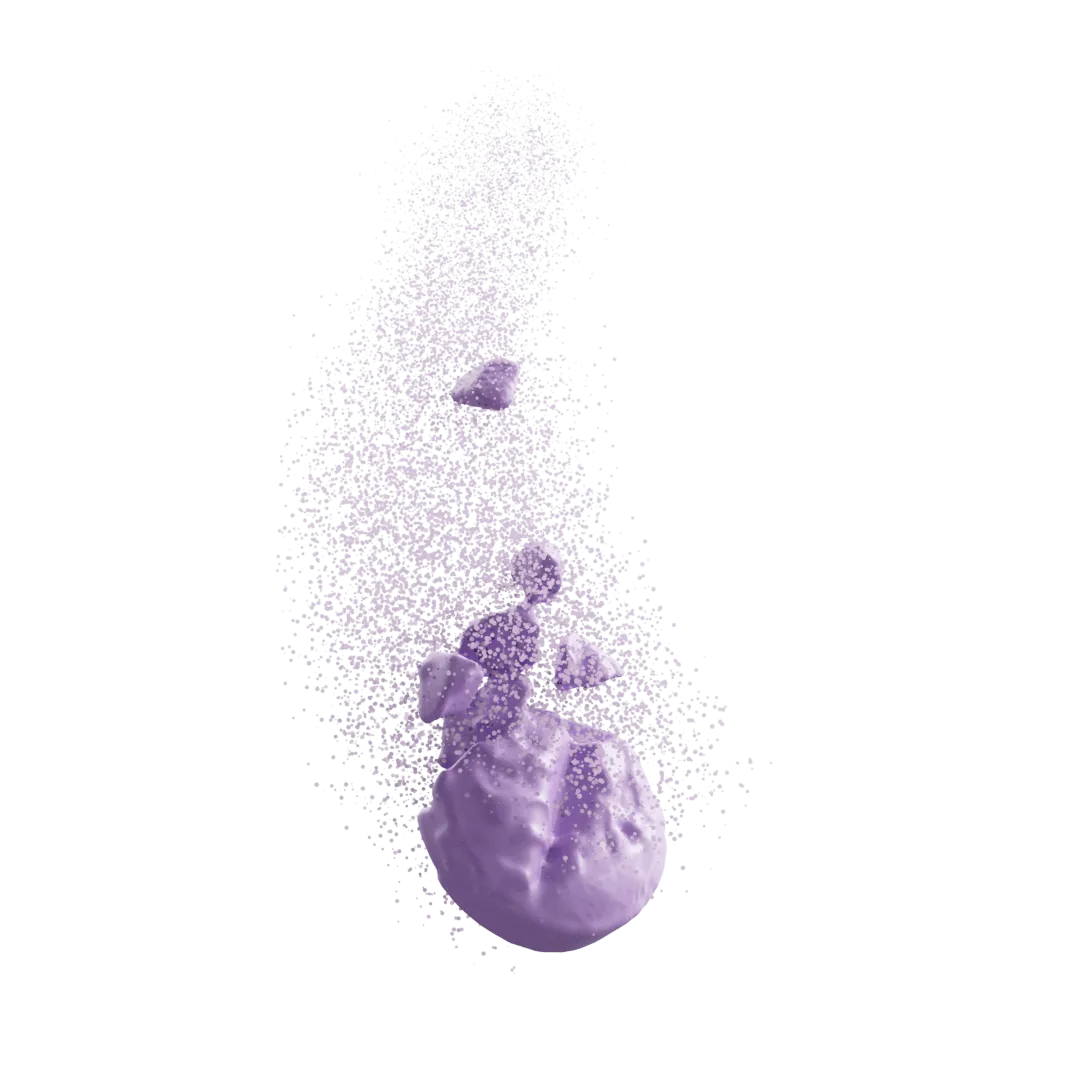Spray Dried Particle Morphology Impact on Tablet Dissolution

Characterizing the Impact of Spray Dried Particle Morphology on Tablet Dissolution Using Quantitative X-Ray Microscopy
For oral solid dosage forms, disintegration and dissolution properties are closely related to the powders and particles used in their formulation. However, there remains a strong need to characterize the impact of particle structures on tablet compaction and performance. Three-dimensional non-invasive tomographic imaging plays an increasingly essential role in the characterization of drug substances, drug product intermediates, and drug products. It can reveal information hidden at the micro-scale which traditional characterization approaches fail to divulge due to a lack of resolution. In this study, two batches of spray-dried particles (SDP) and two corresponding tablets of an amorphous product, merestinib (LY2801653), were analyzed with 3D X-Ray Microscopy. Artificial intelligence-based image analytics were used to quantify physical properties, which were then correlated with dissolution behavior. The correlation derived from the image-based characterization was validated with conventional laboratory physical property measurements. Quantitative insights obtained from image-analysis including porosity, pore size distribution, surface area and pore connectivity helped to explain the differences in dissolution behavior between the two tablets, with root causes traceable to the microstructure differences in their corresponding SDPs.

Shawn Zhang, Paul A. Stroud , Aiden Zhu, Michael J. Johnson, Joshua Lomeo, Christopher L. Burcham, Jeremy Hinds, Kyle Allen-Francis Blakely, Matthew J. Walworth
Published with Eli Lilly
https://doi.org/10.1016/j.ejps.2021.105921
Additional Publications
Transform Your Program with Microstructure Science
Get started with a drug product digital twin.















